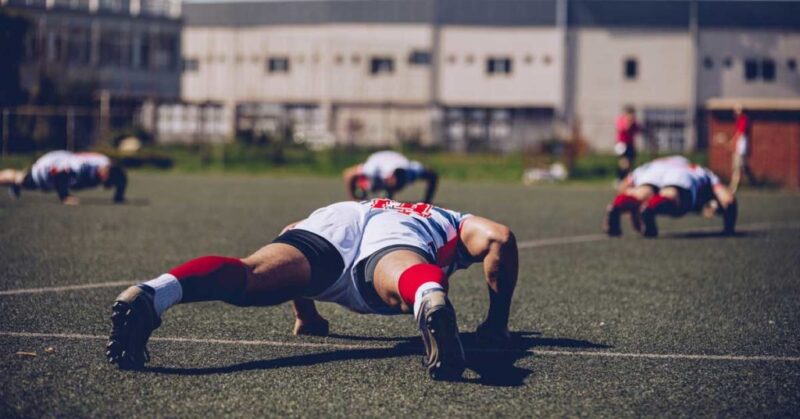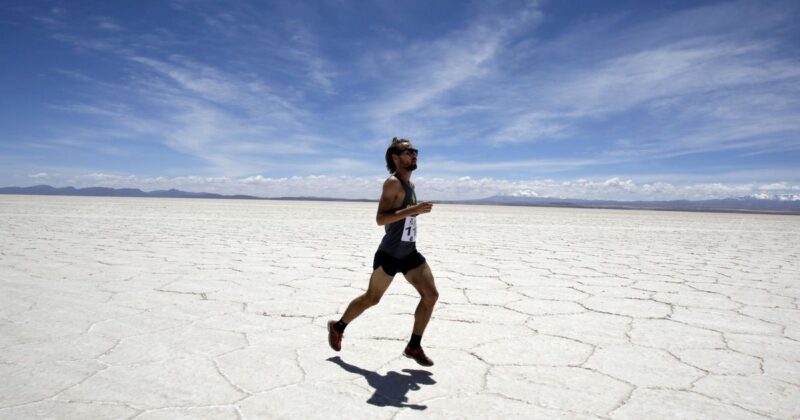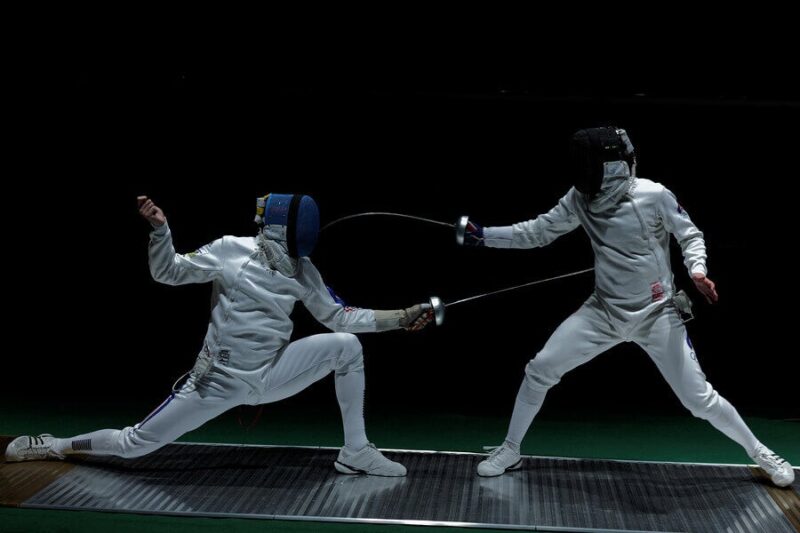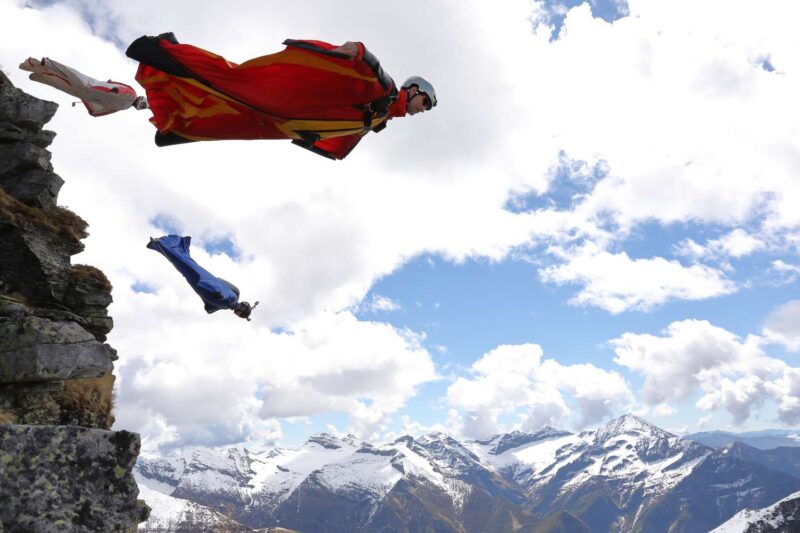Determining the world’s toughest sport is a subject of intense debate and varies based on how one defines “toughness.” Is it the physical endurance required, the mental fortitude, the risk of injury, or perhaps the combination of all these factors? This article delves into the multifaceted nature of sports toughness, exploring various disciplines to uncover what might be considered the pinnacle of athletic endurance.
The Essence of Toughness in Sports

Toughness in sports can be viewed through several lenses. Physically, it may involve enduring pain, fatigue, and pushing the body’s limits. Mentally, it encompasses the resilience to overcome challenges, maintain focus under pressure, and the ability to strategize and adapt. The risk factor also plays a significant role, with some athletics disciplines posing a higher threat of injury or even death. Thus, assessing the world’s toughest sport requires a holistic examination of these elements.
The Contenders
Various athletics disciplines are renowned for their demanding nature, and athletes in these fields often exhibit exceptional levels of physical and mental toughness.
Ultra-Endurance Sports
Ultra-endurance sports, such as ultramarathons, Ironman triathlons, and adventure racing, push athletes to their limits. These grueling competitions can last from several hours to multiple days, challenging participants to maintain their physical and mental endurance over extreme distances and often in harsh environmental conditions. Check out more on ultra-endurance sports over at castle flexx.
Combat Sports

Combat athletics disciplines like boxing, mixed martial arts (MMA), and wrestling demand a high pain threshold, intense training, and the mental acuity to make split-second decisions that can determine victory or defeat. The physical toll these sports take on athletes, combined with the risk of severe injury, underscores their toughness.
Team Contact Sports
Rugby and American football are prime examples of team contact athletics disciplines that require a blend of physical power, endurance, and strategic thinking. The physical collisions and tackles in these sports are not for the faint-hearted, demanding both individual and collective resilience.
High-Risk Sports
Athletics disciplines such as big wave surfing, mountaineering, and BASE jumping are characterized by their high-risk nature. Athletes in these disciplines not only require physical fitness and skill but also an extraordinary level of mental fortitude to face the potential dangers involved.
Ultra-Endurance Sports: A Test of Human Limits

Ultra-endurance sports arguably represent the pinnacle of physical and mental endurance. These disciplines test the limits of human stamina, requiring athletes to push through intense fatigue, sleep deprivation, and often extreme environmental conditions.
The Mental Game
The mental aspect of ultra-endurance sports is as critical as the physical. Athletes must maintain focus, manage their energy levels strategically, and constantly adapt to changing conditions and unforeseen challenges. The psychological battle, dealing with the temptation to give up when the body is screaming for respite, is what often defines the thin line between success and failure in these athletics disciplines.
The Physical Demand
The physical demand of ultra-endurance sports goes beyond mere stamina. It encompasses the ability to endure pain, manage energy reserves, and maintain a high level of performance over extended periods. This physical toll, combined with the need for meticulous preparation and recovery strategies, highlights the extreme toughness required in these disciplines.
Combat Sports: The Arena of Physical and Mental Warfare

Combat athletics disciplines are unique in their combination of physical intensity, technical skill, and mental strategy. The toughness required in these sports is multifaceted, with athletes needing to develop a high pain threshold, exceptional physical conditioning, and the mental acuity to outmaneuver opponents.
The Physical Toll
The physical training for combat sports is notoriously rigorous, with athletes undergoing intense conditioning to improve strength, speed, agility, and endurance. The nature of these sports also means that athletes must be prepared to both inflict and withstand significant physical punishment.
The Mental Aspect
Mental toughness in combat athletics disciplines involves more than just the ability to endure pain. It includes the psychological resilience to face one’s fears, the focus required to execute strategies under pressure, and the adaptability to counter an opponent’s moves. The mental warfare between opponents, where confidence, intimidation, and psychological tactics can play a crucial role, adds another layer of complexity to these sports.
Team Contact Sports: The Ultimate Test of Team Resilience

In team contact athletics disciplines like rugby and American football, toughness is not just an individual attribute but a collective necessity. These sports require a unique blend of physical strength, strategic thinking, and team cohesion, making them some of the most physically demanding and strategically complex athletics disciplines in the world.
Physical Demands and Risks
The physical collisions in team contact sports are among the most intense in any athletic discipline. Players must have the strength to tackle and be tackled, the agility to evade opponents, and the endurance to maintain high performance throughout the game. The risk of injury is ever-present, adding to the toughness required to compete at high levels.
The Role of Team Dynamics
Team dynamics play a crucial role in these sports. The ability to work seamlessly as a unit, trust in teammates, and collective mental toughness can be as important as individual skill. The pressure to perform for the team and the shared responsibility in both victory and defeat add to the mental and emotional toughness required in these sports.
High-Risk Sports: Confronting Danger with Skill and Courage

High-risk athletics disciplines such as big wave surfing, mountaineering, and BASE jumping demand a level of toughness that goes beyond physical fitness and mental resilience. Athletes in these sports must possess a profound courage to face the inherent dangers of their disciplines, a deep understanding of their environment, and the skill to navigate it safely.
The Allure and Challenge of Danger
The danger inherent in high-risk sports is a significant part of their allure, requiring athletes to confront and overcome their fears. This confrontation demands not just physical prowess but also a deep psychological strength, as athletes must remain calm and focused in potentially life-threatening situations.
Skill, Preparation, and Respect for Nature
Success in high-risk athletics disciplines relies heavily on skill, meticulous preparation, and a profound respect for the natural elements. Athletes must be experts in their disciplines, understanding the risks involved and taking every precaution to mitigate them. This preparation and respect for the power of nature are integral to the toughness required in these sports.
Closing Thoughts
The question of which sport is the world’s toughest is subjective and depends on how one defines toughness. Whether it’s the endurance and mental fortitude required in ultra-endurance athletics disciplines, the physical and psychological resilience needed in combat sports, the collective toughness in team contact sports, or the courage and skill to face the dangers of high-risk sports, each discipline showcases unique aspects of athletic toughness.











